Liz Valentina is a 23-year-old fashion graduate from FEDISA. Born and raised in Hamburg, Germany she moved to Cape Town some years ago and expresses that the coastal city allows her to be the colourful person that she is. Her graduate collection has been memorialized by the lens of photographer Gabriella Achadinha. Drawing on the work of David LaChapelle, a collaboration was born between designer, photographer, and art director Lana Fredericks, and makeup artists Toni Olver. Ocean, earth, air, fire. These are the natural elements that inspired Liz’s colour pop choices for the collection.
The editorial created by this team drives the eccentricity of a world that they wanted to create. This world, albeit taking inspiration from LaChapelle, is an extension of the vibrant and unconventional personhood that Liz embodies. With a visual account on her WhatsApp DP that is cued by lily pad head adornments and earrings resembling a cluster of grapes, it is no wonder that the collaborative team saw it fit to extend on her expression of individuality. Their scenic fictional land was created with these thoughts, “all things colour and crazy” Gabriella tells me, and succeed on this notion they did. The title of their work then is not only catchy but appropriate. ‘Splash of the Southern’ speaks of water in movement, referring back to the natural elements that inspired colour choices for the collection as well as coastal living and the vibrancy of South Africa – a fitting analogy.

Liz has always been on her way to becoming a designer and after industry insight gained through various internships, the young eccentric aspired to make her passion her career. Her graduate show collection is reminiscent of some sort of fantastical colour party. A party inspired by 1970s fashion, with Salvador Dali on the guest list. Dali, of course, saw it fit to create human-like sculptures with lobsters during the festivities. No, not really. Liz created all of the lobster and jelly fish jewellery herself and styled her models with head pieces and pompoms by Crystal Birch. “I have a very fun and colourful look on life, that resembles in everything I design,” Liz points out.
The use of frills ranging on superfluous is motivated by a desire to emphasize movement. The movement of ocean waves reminds one of the way in which frills move on the human body when walking. When asked about the patterns on some of the garments in her collection I am told, “The pattern actually started with me playing around. Sushi is my favourite food, and rainbow is my favourite colour, so my first little sushi character came to life. I feel like all these different excited characters just put a smile on your face.” Liz’s sushi characters contain an edge on quirk and contribute to the depth of her designs worthy of high fashion status.

An obsession with Alessandro Michelle and his recent work with Gucci is almost visually given away by the boldness and unafraid nature of Liz’s designs. Dutchess satin and chiffon are Liz’s pet fabrics to play with. She enjoys combining them to transform fabric into garments that contain not only nostalgia for its observers or wearers alike, but a keen sense of otherworldliness.
Gabriella’s practice is an indicator within itself of the level at which she is drawn to studying the female form with her ocular eye. A student of film production at AFDA in Cape Town, Gabriella initially began her experiments with photography in her final year of study. Gabriella’s work, in short, is never devoid of distinct employments of colour utilized to evoke emotion and individuality. With work that traverses in between fashion, street, documentary and travel, Gabriella has a photographic eye more developed than most. Her colour keen obsession is perfectly aligned with Liz’s collection acting as proof of the powerful collaborative project that has ensued.

During the conceptualization of the shoot, Liz and Gabriella came to a decision to join their ranks with that of MYUZU, a South African conceptual branding and art direction collective, in order to make their vision a reality. Gabriella met Liz accidentally, and when acquainted with her practice fell in love with her prints, designs and uncommon style. As initial conversations pursued regarding ‘Splash of the Southern’ Liz mentioned that she was eager on the inclusion of art elements. This made Gabriella think of a favoured collaborator, Lana, from MYUZU and so they set forward to putting this body of work together.
A fashion editorial not devoid of art, the grouping of models that occupy this narrative was done painstakingly well by Liz who wore many hats to bring this work to life. Gabriella implemented strikingly unusual framing within this range of photographs, consciously cutting off fingers and limbs of models at times. Awkward cutting and close ups are used to highlight specific design features forcing the viewer’s eyes to her intended focal point. There is a pleasing discomfort in the way that Gabriella chooses to frame her subjects. A framing that carries a message of its own.

Taking her visual cues from Liz’s designs that can be described as a paroxysm of colour and form, Gabriella made the discussion to photograph in studio. Not naturally inclined to work within the clinical studio setting, Gabriella’s choice was motivated to enhance Liz’s designs. “I just could not imagine them in a natural setting; they’re so consuming and engaging that any setting would make the picture too busy. The designs take centre stage.”
Not playing a copy and paste game, the David LaChapelle influence can be seen in styling, makeup and art direction. This shoot, however, retains its integrity by being a fresh body of work combining the creative inputs of various collaborators and kind-hearted souls who were willing to make this more than an aspiration. If vibrant colour, quirky designs and patterns are your thing, then Liz Valentina is a name you should familiarize yourself with. Of course, if you enjoy intimate soft spoken photography combined with a variety of framing techniques, then Gabriella Achadinha is your go-to photographer for femme inspiration.
 Credits
Credits
Designer | All pieces by: Liz Valentina
Photography: Gabriella Achadinha
Art Direction: Lana Fredericks & Liz
MUA: Toni Olver
Models:



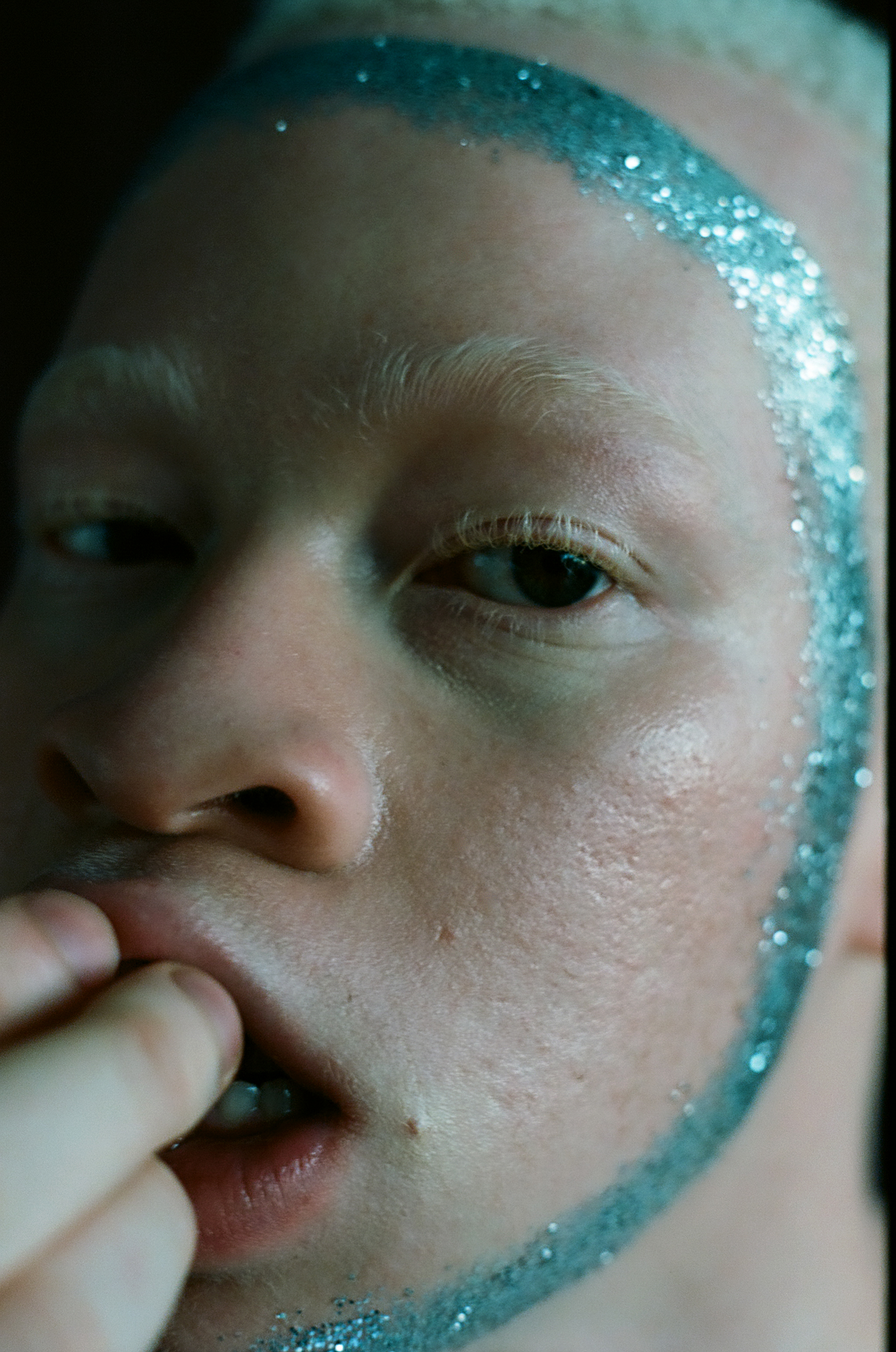



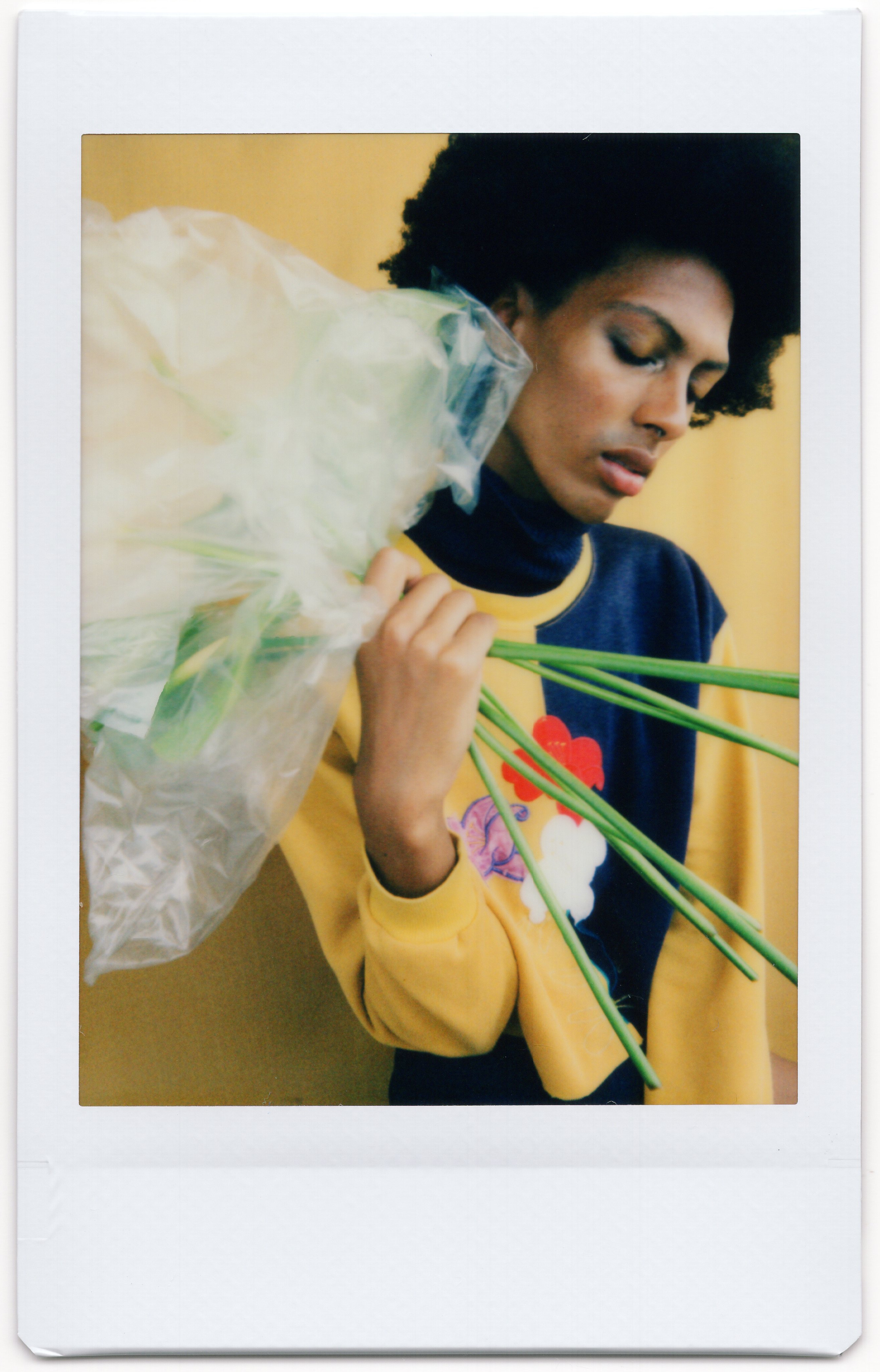



















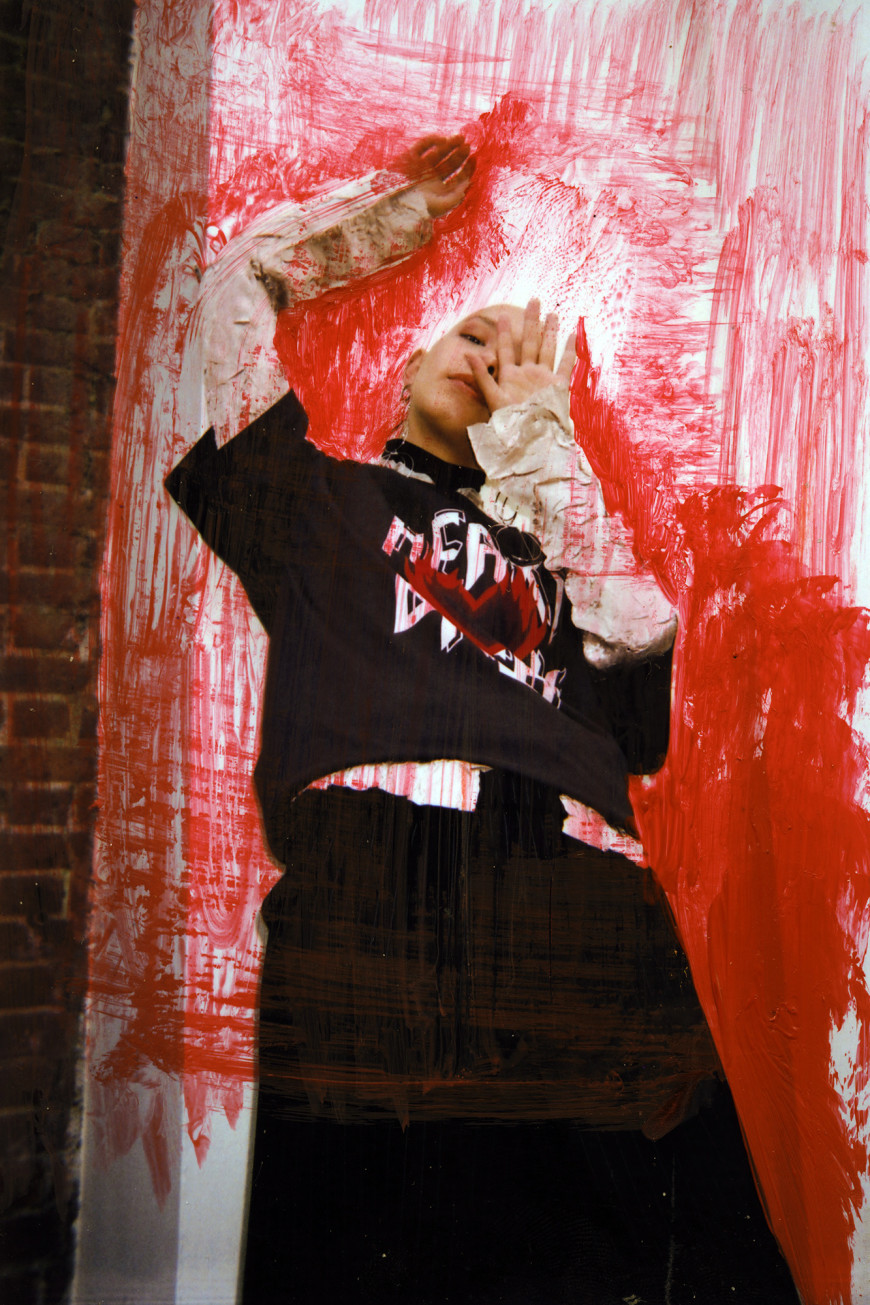











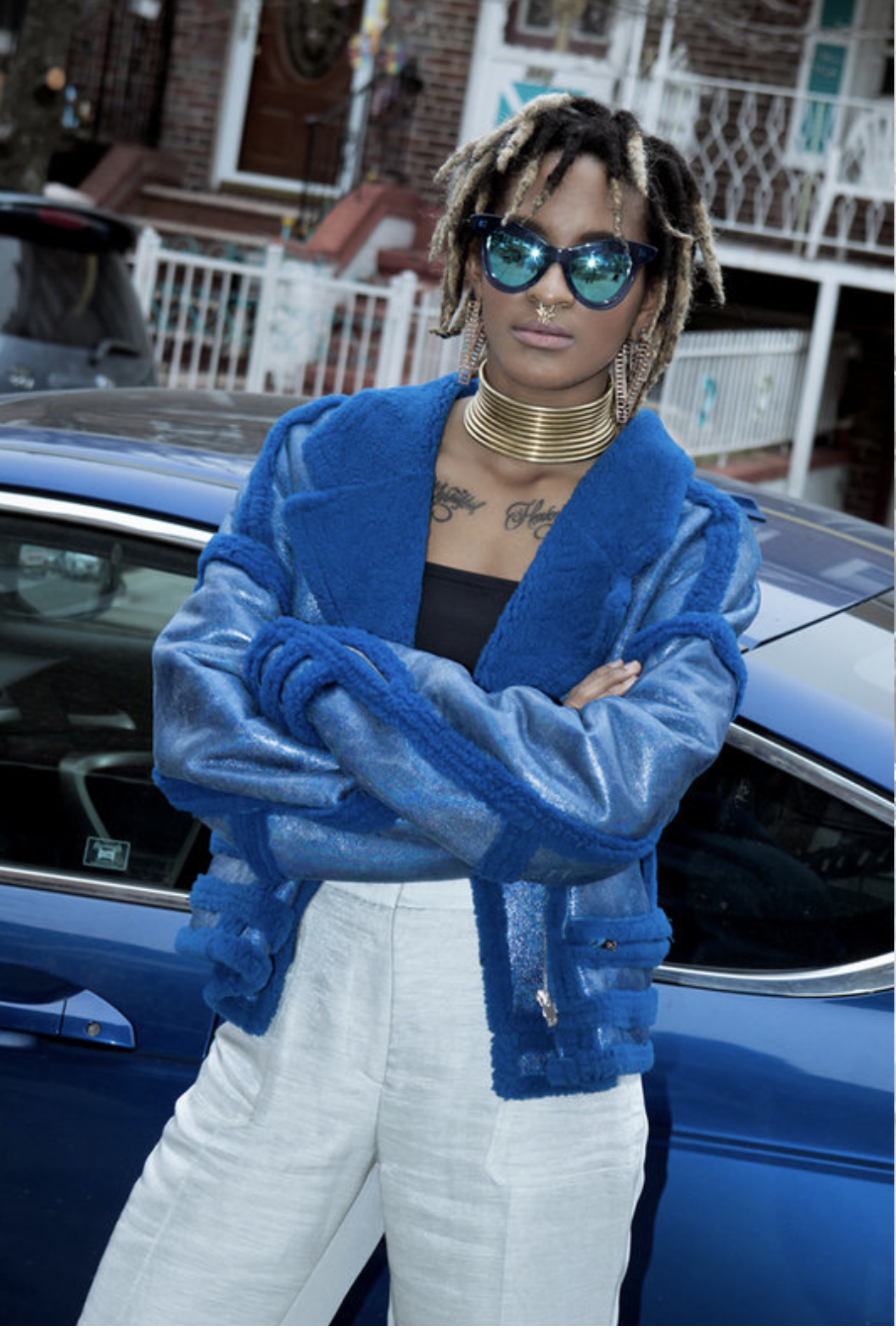


 The completion of the series took a few months, which unintentionally added a layer to the work. Not only did the breaks between shoots result in her film photography improving, but it allowed her to take time to piece together a clear and concise story based on her initial concept. This also led to more experimentation. Looking at the images one can tell the difference in time between the photographs, and yet the series marries together well. This difference in time almost mimics the narrative of the series; that over time these young womxn will slowly free themselves by embracing themselves, therefore creating and projecting a different image to the world.
The completion of the series took a few months, which unintentionally added a layer to the work. Not only did the breaks between shoots result in her film photography improving, but it allowed her to take time to piece together a clear and concise story based on her initial concept. This also led to more experimentation. Looking at the images one can tell the difference in time between the photographs, and yet the series marries together well. This difference in time almost mimics the narrative of the series; that over time these young womxn will slowly free themselves by embracing themselves, therefore creating and projecting a different image to the world.
 There are recurring elements that tie the series together, and are used symbolically. The majority of the images are taken in intimate spaces, such as the bedroom. Marcia explained that these are the rooms of the young womxn photographed, tying into her description of herself as an environmental portraitist. “I generally photograph people in their own spaces. Specifically for this series I wanted it to be very intimate, and I wanted people to show me who they were,” Marcia explained. Adding to the feeling of intimacy are this soft, lacey fabrics worn by the models. Marcia’s presence is included directly through the mirrors that some of the models interact with in her images. The series comes full circle in the last set of photographs where a young womxn is photographed in a garden. Being outside is representative of letting go and choosing to reject the box that she is “supposed” to fit into. One of the most important recurring elements is that of flowers. They are symbolic of feminine energy and feminine power.
There are recurring elements that tie the series together, and are used symbolically. The majority of the images are taken in intimate spaces, such as the bedroom. Marcia explained that these are the rooms of the young womxn photographed, tying into her description of herself as an environmental portraitist. “I generally photograph people in their own spaces. Specifically for this series I wanted it to be very intimate, and I wanted people to show me who they were,” Marcia explained. Adding to the feeling of intimacy are this soft, lacey fabrics worn by the models. Marcia’s presence is included directly through the mirrors that some of the models interact with in her images. The series comes full circle in the last set of photographs where a young womxn is photographed in a garden. Being outside is representative of letting go and choosing to reject the box that she is “supposed” to fit into. One of the most important recurring elements is that of flowers. They are symbolic of feminine energy and feminine power.





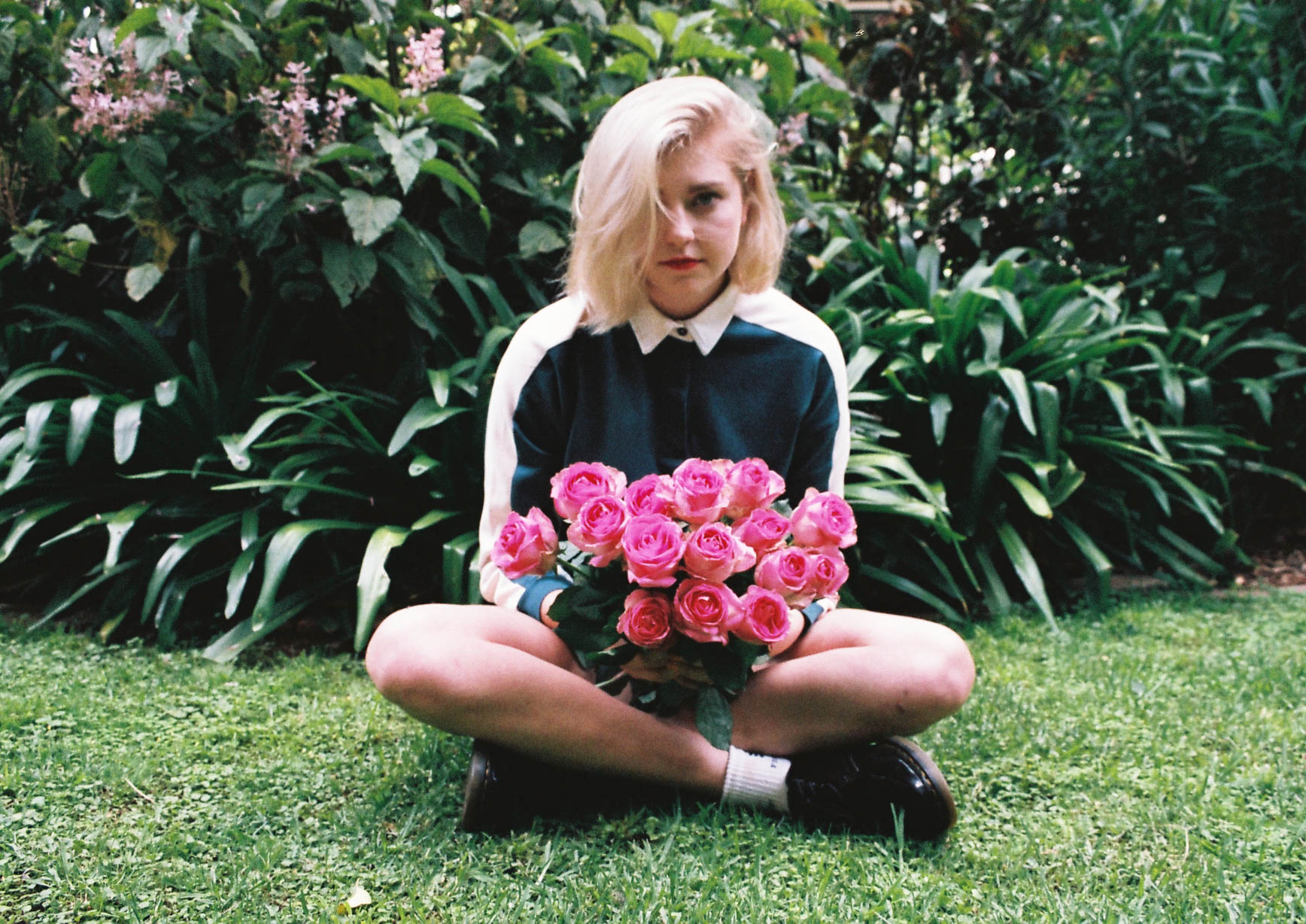





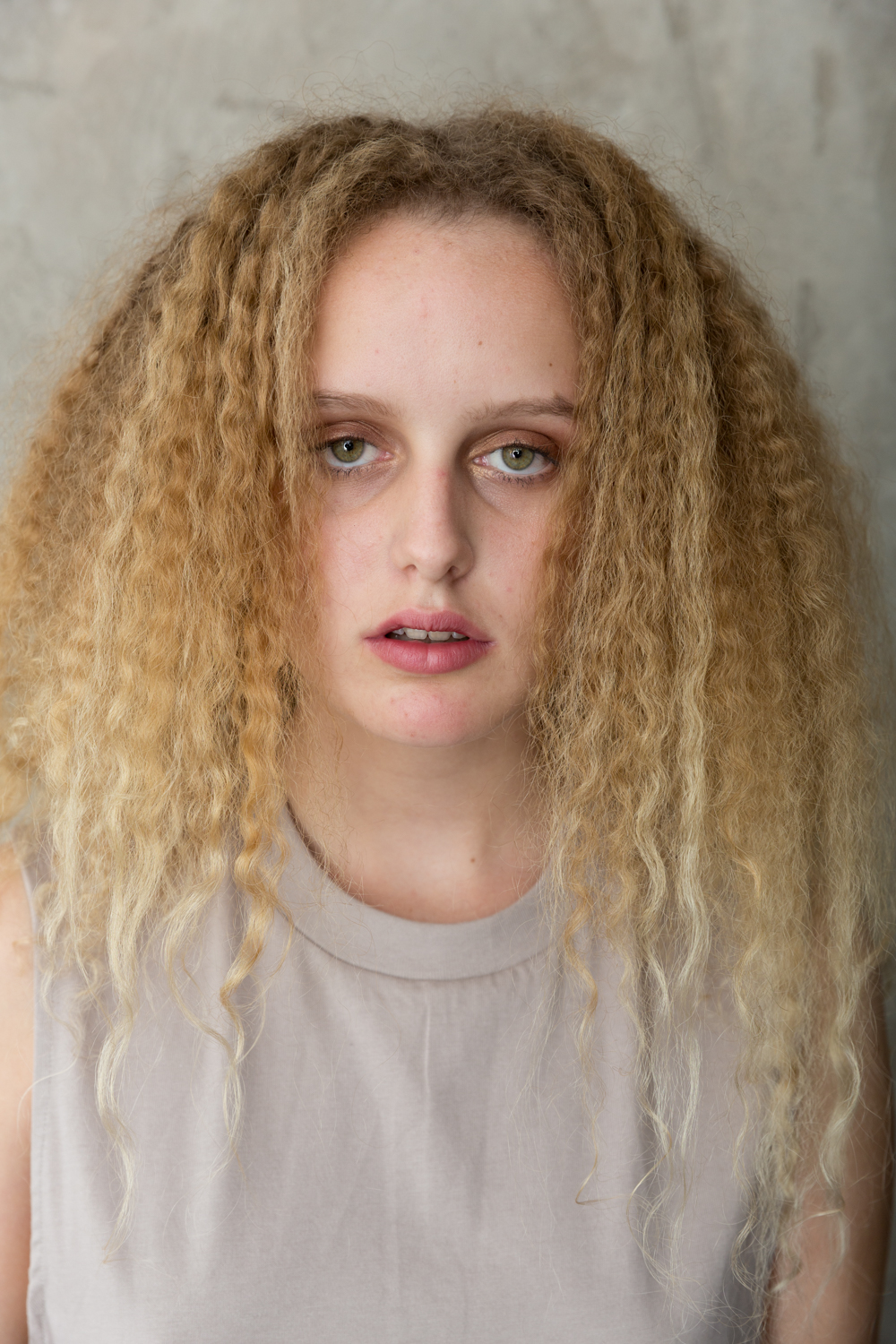

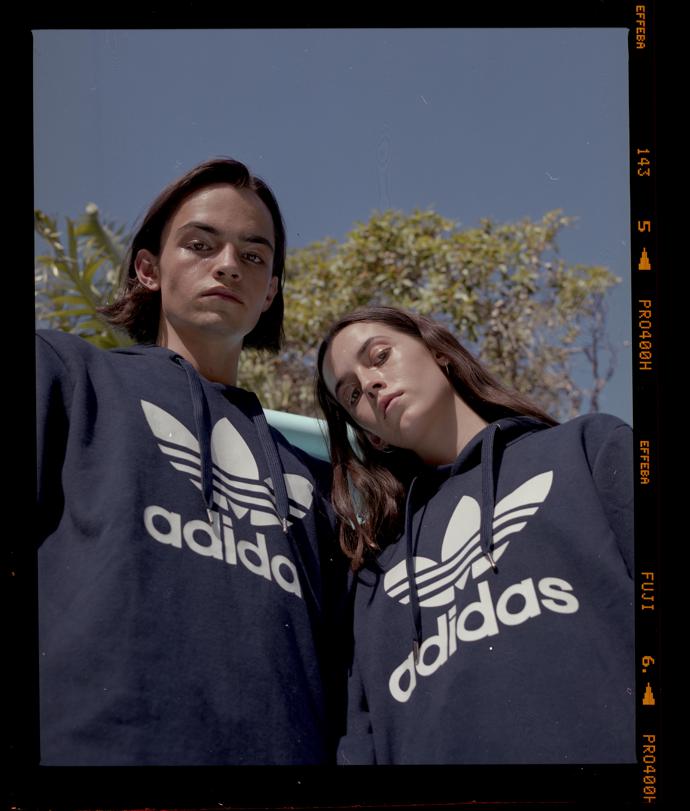








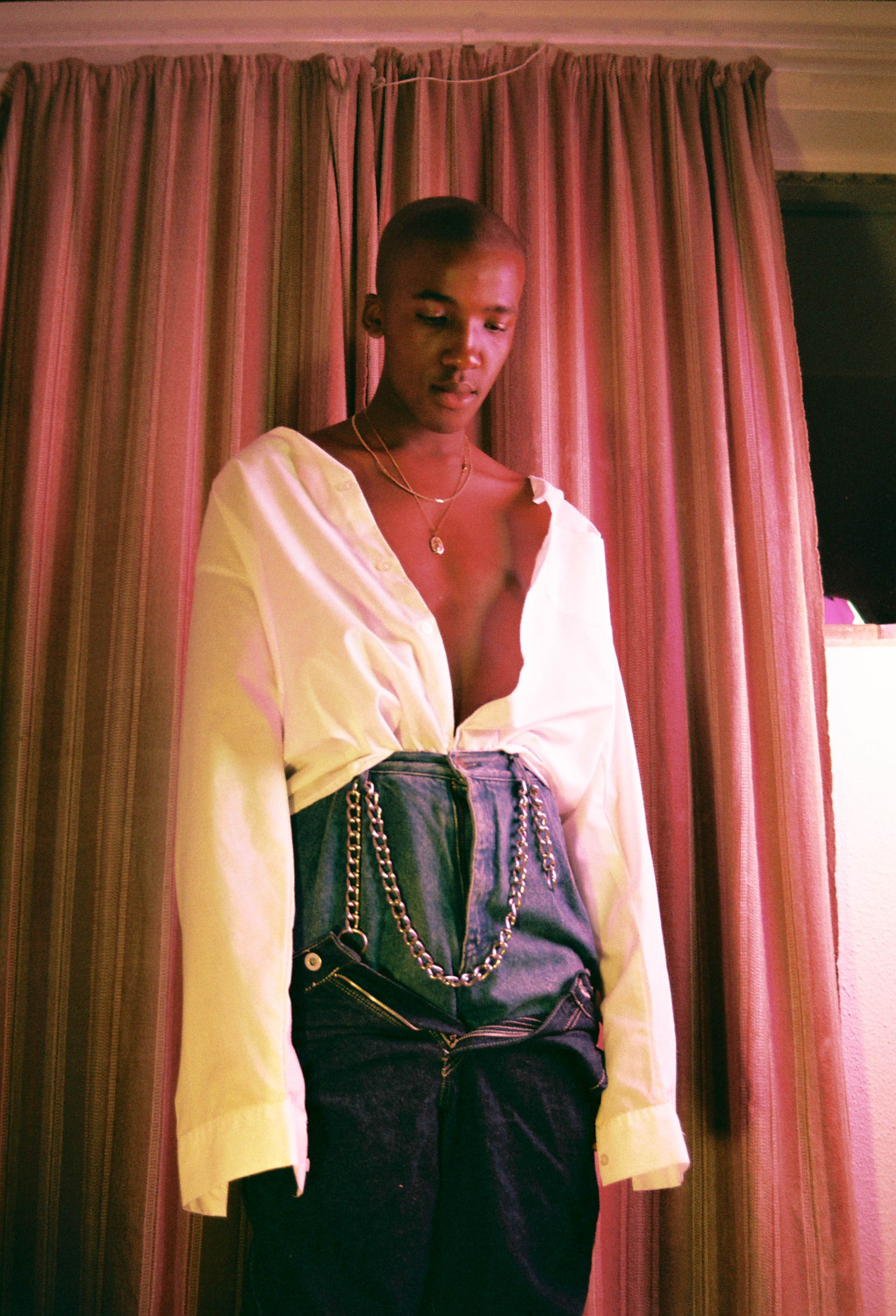


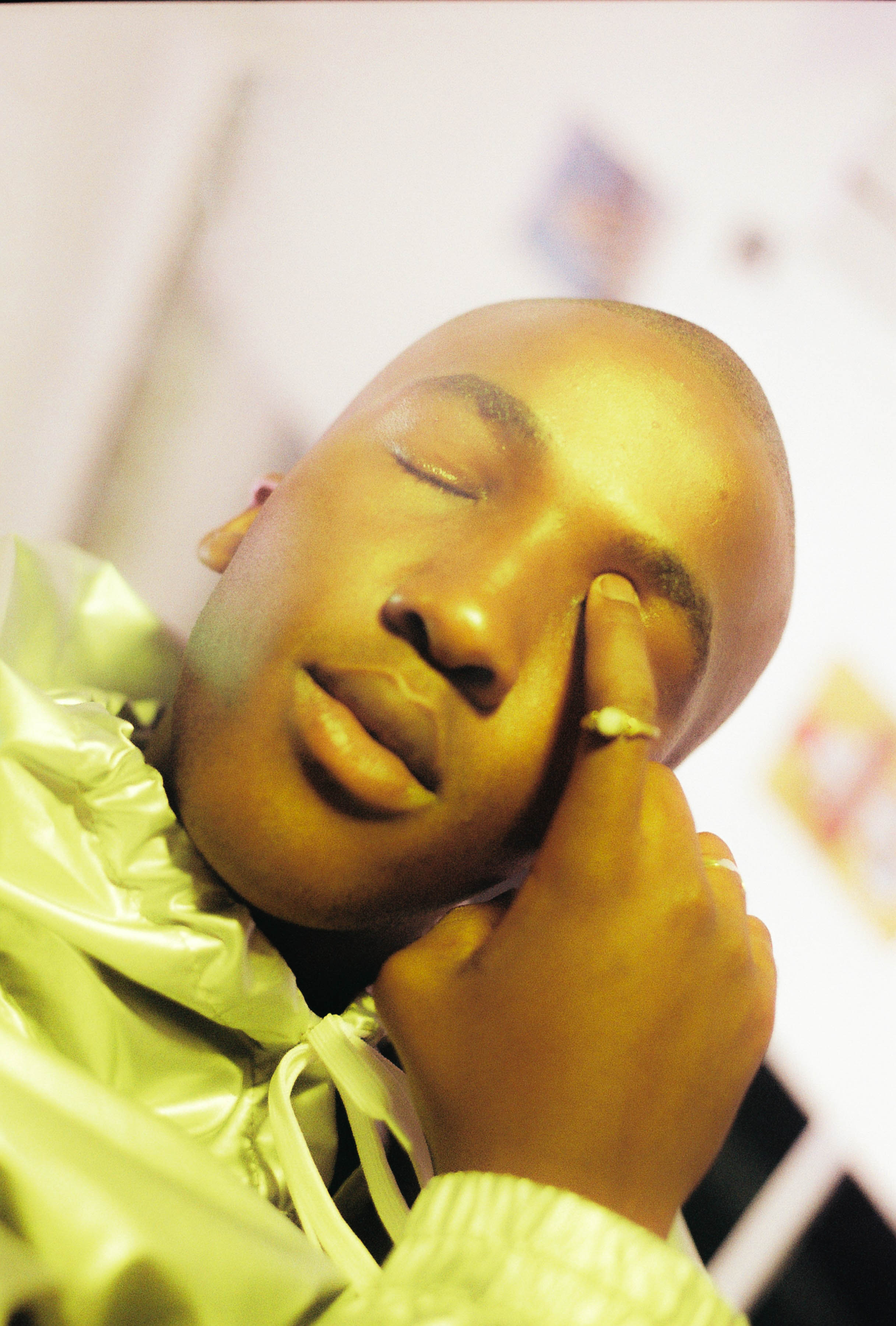

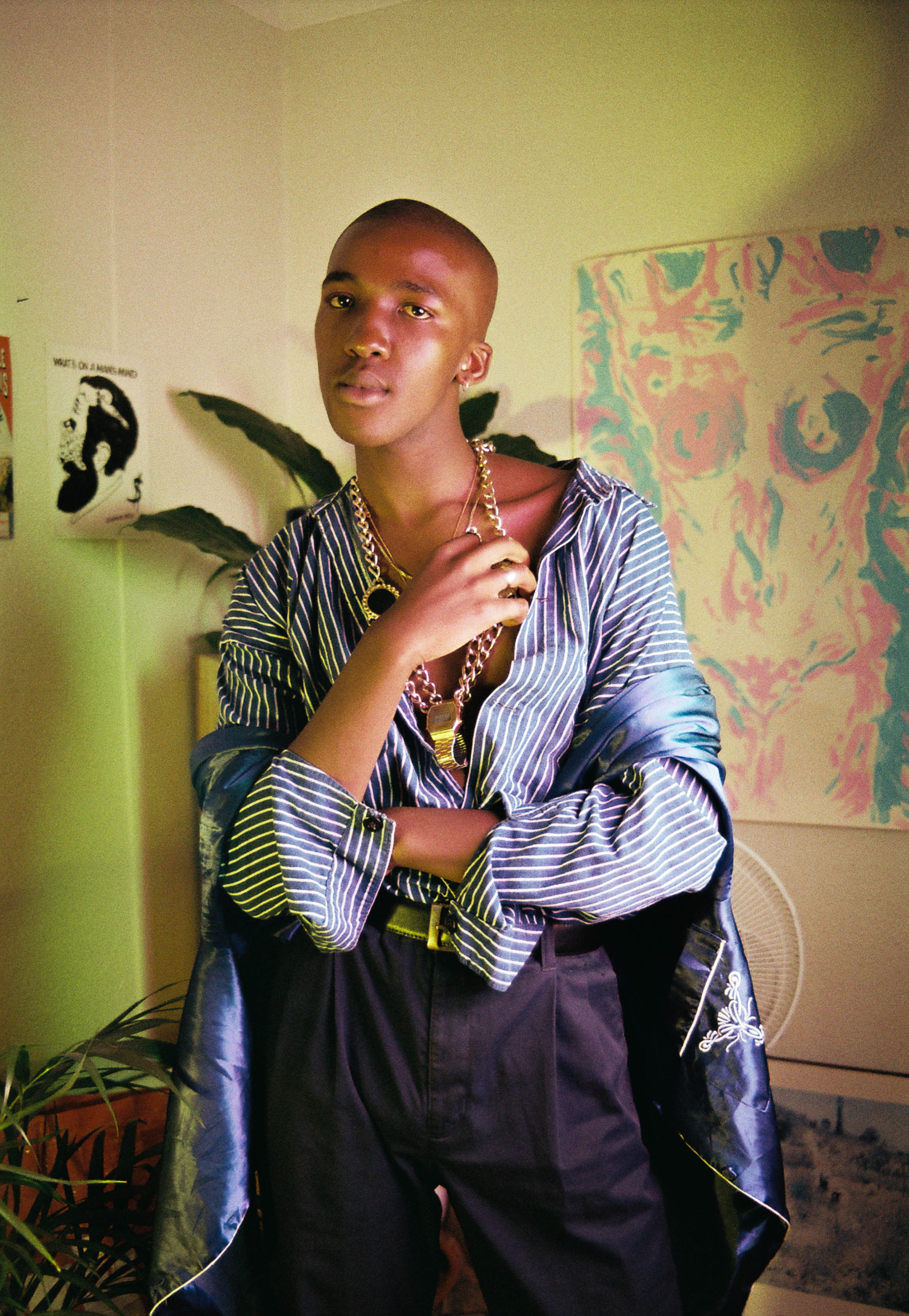

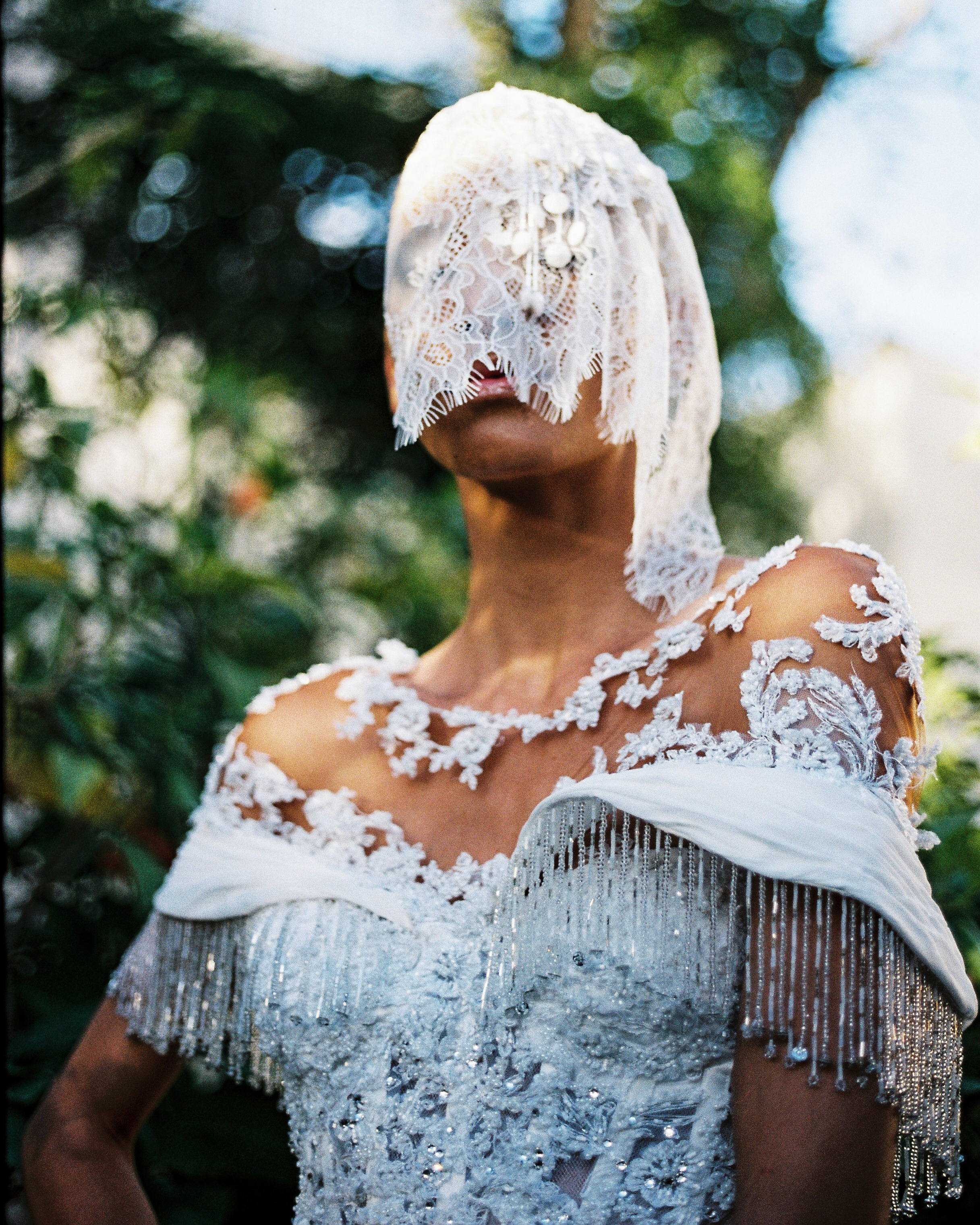

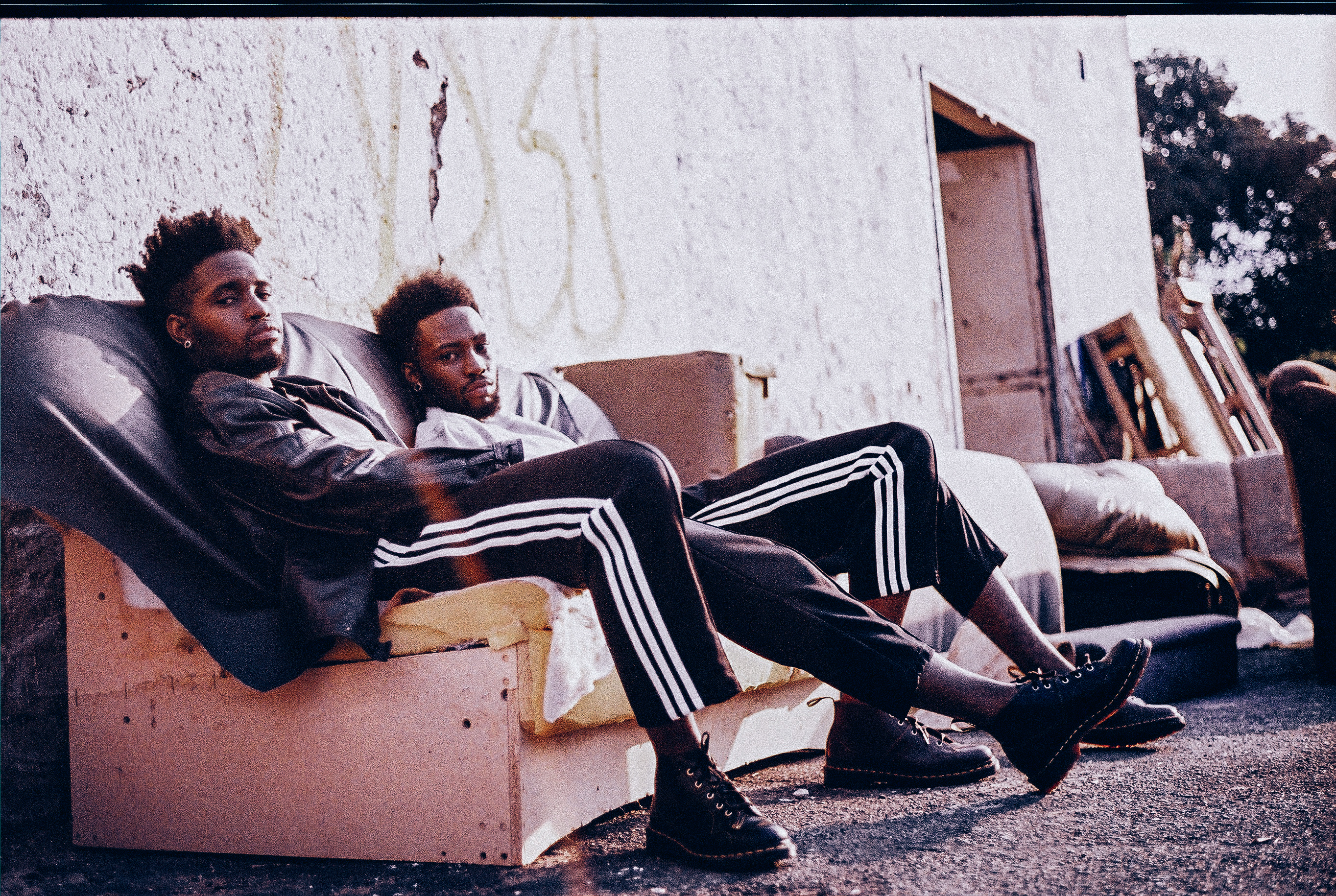









 Credits
Credits



